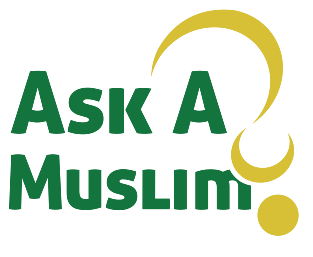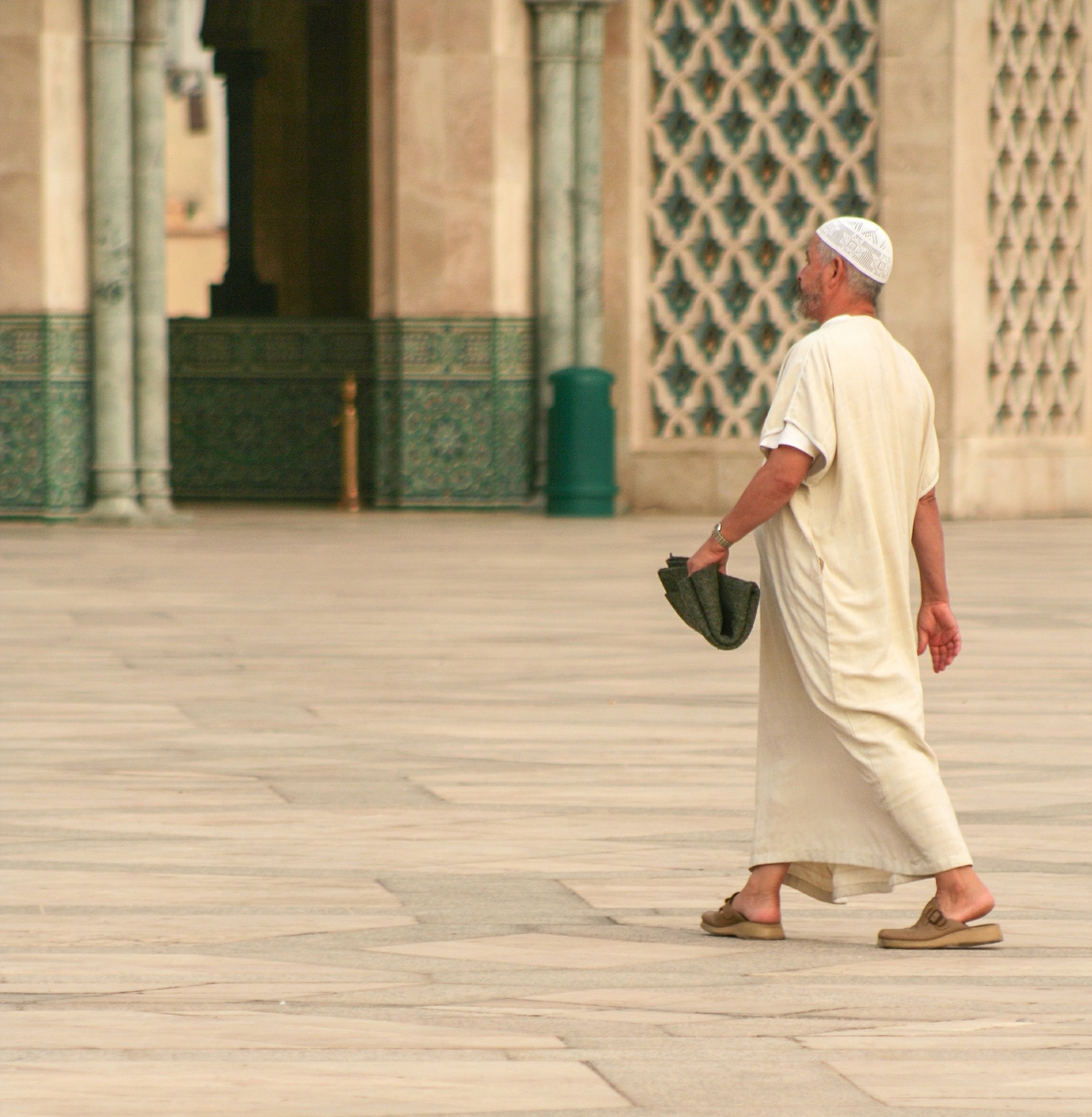Habeeba Husain
Because the masjid, the house of worship for Muslims, is such a sacred space, there are etiquettes one must follow when visiting, whether they are going as a Muslim to pray or even just as a visitor.
What should I wear at the masjid?
One should be dressed modestly, as if ready to take part in the prayer services. Women should cover their heads and wear long pants or skirts. Men should also do the same. Shoes are removed before entering the prayer hall of the masjid building, as they often carry dirt from outdoors. This is a humble place for self reflection and turning to God, and as such, visitors must be dressed the part.
What does the inside of the masjid look like?
In America, when you walk through the front doors into the building, there is usually a lobby of some sort. This space is not considered actual “masjid,” which literally means a place of prostration. However, people tend to refer to the entire building as the masjid. Here is where you remove your shoes (there should be a shelf somewhere), see announcements and flyers for activities in the community, and find your way to the restrooms to perform ablution before entering the actual carpeted area where worshipers pray. Sometimes there will be doors to offices or classrooms as well.
Unlike other places of worship, the prayer halls at a masjid are very open and empty. There may be decorations along the walls, ceiling, and front of the space. Usually the decorations are verses from the Quran written in Arabic calligraphy to adorn the space, all about praising God. A stark difference one will notice between a mosque and another religion’s place of worship is that the mosque has no images of people. In Islam, renderings of God and the prophets is strictly forbidden. Historically, designs resembling gardens and vines (in addition to the calligraphic verses) are what adorn many mosques around the world, as this is the description of Heaven in the Quran. The actual middle of the prayer hall is wide open—you will not see aisles of chairs or benches.
Why are there no benches in the prayer hall?
The Islamic prayer is a full body experience. There are elements of standing, bowing, prostrating, and sitting. When listening to a sermon, the worshipers sit on the floor as long as they are able. There are always chairs available for the elderly or injured on the side.
What should be avoided in the masjid?
Upon entering the space, a Muslim ready to worship should be in the state of wudu, or having performed the ablution that is necessary before touching the Quran or praying. He or she should know, now is not the time to engage in arguments or shouting. Phones should be silenced. Many Muslims will enter the space and perform an optional two cycles of prayer individually to greet the masjid before taking a seat, as the Prophet (peace be upon him) used to do before services commence. During actual prayer, there is no talking—that in fact breaks the prayer and necessitates it to be repeated. One should not be loud and run around, and any other activities that could disrupt a fellow person’s worship should be avoided.
It is important to note, men and women have different spaces designated to sit during the prayer. They either have an entirely separate area, or in the very big prayer halls, a shared but divided space to prevent free mixing. The mosque is a sacred space to focus on God and prayer, and it should be free of any temptations and potential for sin that can result from men and women being in unnecessary contact.
Why is everyone sitting in the same direction?
Worshipers enter the space and all sit down facing the front of the masjid, which will be in the direction of Makkah. This direction is called the qiblah. Wherever a Muslim is praying, he or she is required to face the qiblah before beginning. The qiblah is easily recognizable in a mosque thanks to a structure called the mihrab, or prayer niche at the front of the space. This is where the imam will lead the prayer from. It is usually next to some steps or a platform called a minbar that is utilized during the Friday sermon. The imam can be elevated, and the entire congregation will be able to see him.
How do I know when the prayer starts?
A person will make the call to prayer, the adhaan, to indicate the prayer time has entered. Many worshipers will stand up and perform individual extra prayers called sunnah. Then something called the iqamah will be recited, indicating the congregation for the obligatory prayer is about to start. If people were spread out across the hall before, they will begin lining up shoulder to shoulder, waiting for the imam to say Allahu Akbar and raise his hands to begin the prayer.
In congregational prayers, the imam is the leader who will recite certain things aloud, and everyone else will follow quietly. The prayer ends when the imam sits and says Assalaamu alaykum wa rahmatullah, turning his head to the right and then the left. After the congregational prayer, the imam will usually say some supplications before people then begin to stand up and either do more extra prayers or make their way to the exit.
Are masjids like this across the world?
No matter where in the world a Muslim is, when he or she walks into a masjid, some things will undoubtedly be recognizable—the shoe racks, the decorations, the big prayer hall, the mihrab. Then of course, when the prayer begins, it will be recited in Arabic whether one is in Istanbul or New York City or Makkah itself. For Muslims, this is one of the most identifiable and comforting things. We may not speak Arabic as our everyday language, but in the prayer, that is what our tongues say, what our ears hear, and what our hearts feel from any and all points around the globe.
Why should I visit a Mosque?
Many Americans would not have set foot in a mosque or, possibly, got to know a Muslim. A mosque visit can help bring people from different backgrounds closer together, break down stereotypes and counter the fear of unknown. It is specially important in times today, when from political rhetoric to prominent new organizations to hate groups there is a concerted effort to promote “fear and hatred” towards Muslims.
What are the Guidelines around Physical Touch?
Muslim faith allows men to embrace or shake hands with other men and women to embrace and shake hands with other women. If you wish to express your respect to someone from another gender, a simple hand over your heart or verbal greeting is best.

